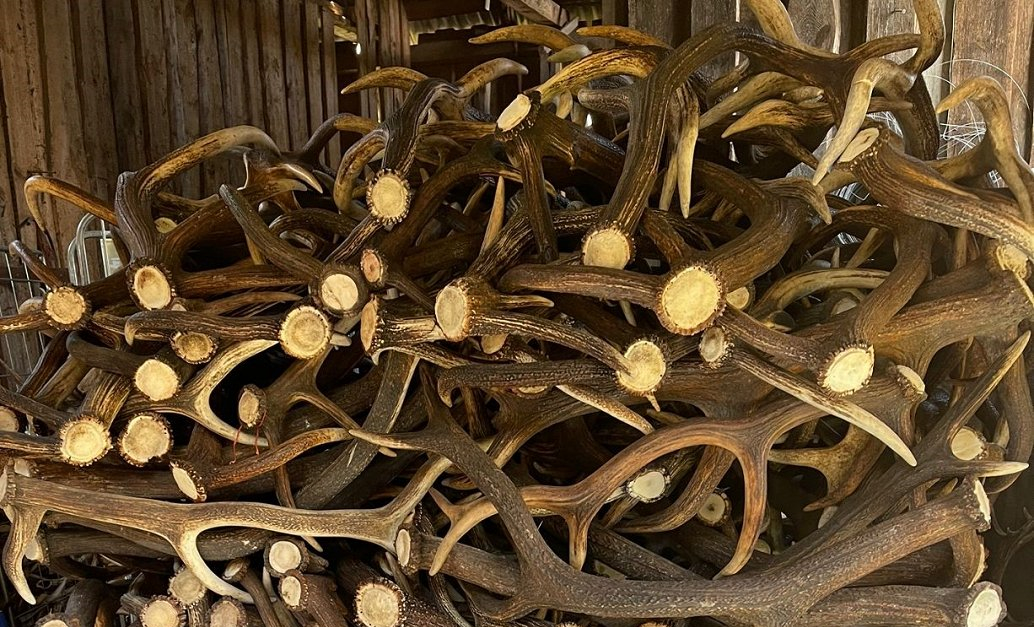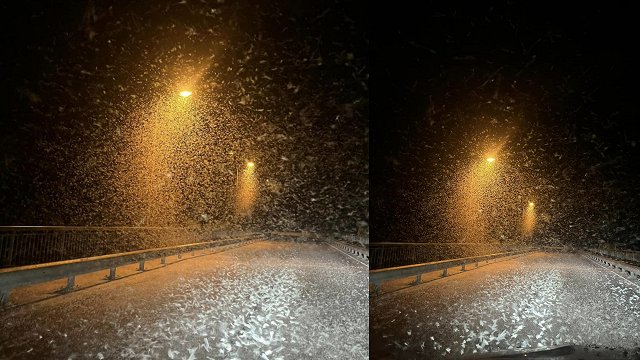Latvia has 71 thousand red deer, according to data from the State Forest Service (VMD) regarding the number of game animals during the hunting season of 2022/2023. VMD data on the density of the deer during the 2021/2022 hunting season show that the animals live more in the Kurzeme region, particularly in the Lithuanian border area.
Consequently, it should be more likely to find dropped antlers in Kurzeme than in Vidzeme or Latgale. Weather conditions have also played their part in this season: in Kurzeme the layer of snow was much thinner and thus the antlers are easier to find.
This was also confirmed by Jānis Opmanis, a natue enthusiast, who has been antler-hunting near in Vaidava near Valmiera since 2009: “We've had a lot of snow all the time. I don't want to wade in half-meter snow, and the antlers were buried. Now it's finally melted. [..] In Kurzeme, some find 5, 6 or even 10 [per day]. Here [in Vidzeme] if you can find two in one day, if you're lucky.”
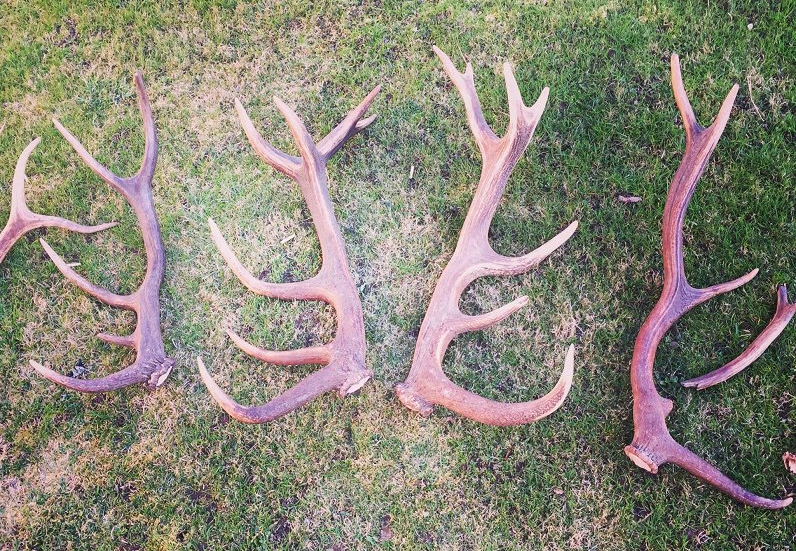
Opmanis said that, first of all, it is important to understand what animals live in the area.
He said: “Start by looking at where the males are, where and how they live. Look at what animals live around. If the females live there, the deer are around, but the females don't drop antlers. [..] Cereal fields where rapeseed is present, it is the first place, the easiest place to find. Then more difficult places – ditches, young forests, and other places where the deer live."
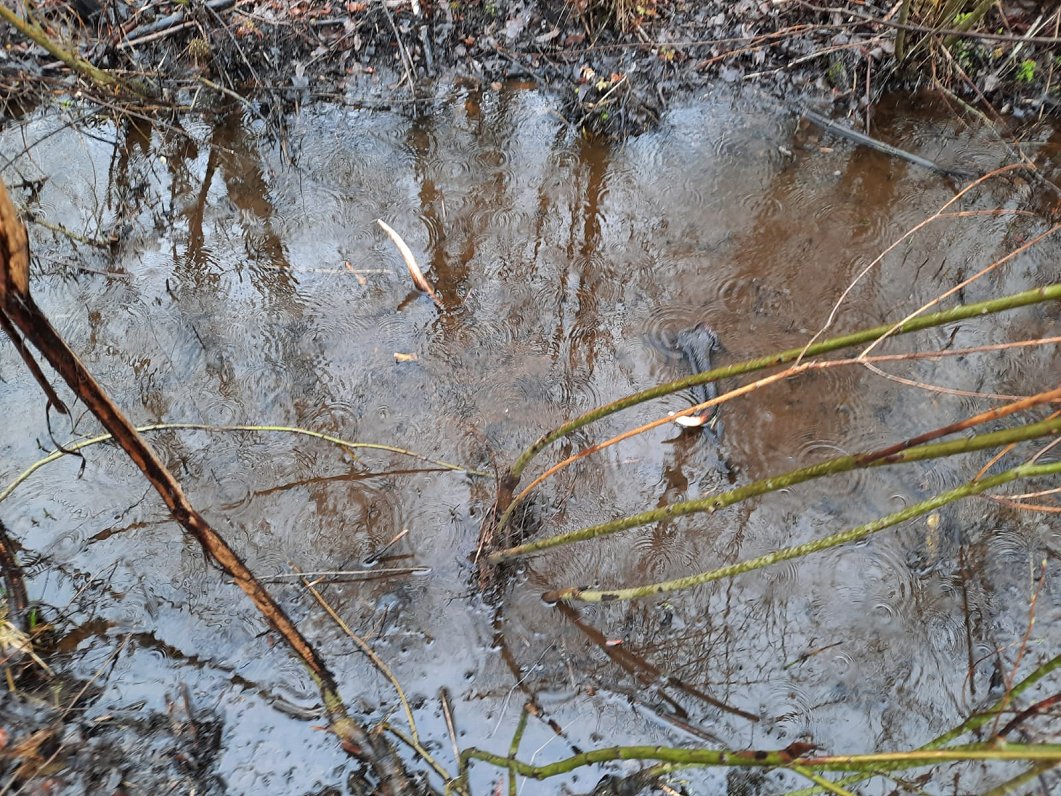
For some, going into nature in the hope of finding antlers is a hobby where activity in the fresh air is the most iportant thing. However, antler hunters Jānis Safonovs and Opmanis are more driven to observe the population of deer. This allows a better understanding of what animals live in their hunting areas.
“Finding or failing to find [antlers] is not the most important thing, but it does help to understand the situation. Of course, when you or your colleague finds [antlers] there can arise different interests, a kind of competition,” explained Opmanis.
Aivis Magnets, owner of 'Magnet Antlers', one of the biggest antler buyers in Latvia, has observed that many antler hunters in the woods have other interests. According to him, around 80% of those who bring antlers to him are enthusiasts, but 20% are hunters. Those with 'other interests' are rarely met.
Magnets' experience in the purchase of antlers says that people work at different levels, but there are plenty of those who treat it like a job – early in the morning to late in the evening. Some put in special efforts and use jeeps, quad bikes, even drones.
In general, Magnets estimates that people's interest in searching for antlers has not dwindled.
“I think the search for antlers is only becoming more topical. Covid helped here. At a time when many didn't have a job and income, people tried to find sources of income. It's a chance to earn and be out in the fresh air.”
The profits of the most successful antler-hunters in one season could be measured in thousands.
Magnets shared a recent example: “This one for me is one of the greatest records: in 2-3 weeks, one man in the municipality of Aizpute had collected 200 kilograms of antlers. What is the secret of his success? (..) He told me he was going very slowly, he was not running down the woods, checking every corner. Consequently, more was found. He didn't have all good quality antlers, he had also found those that many had missed, those had lain there for several years.”
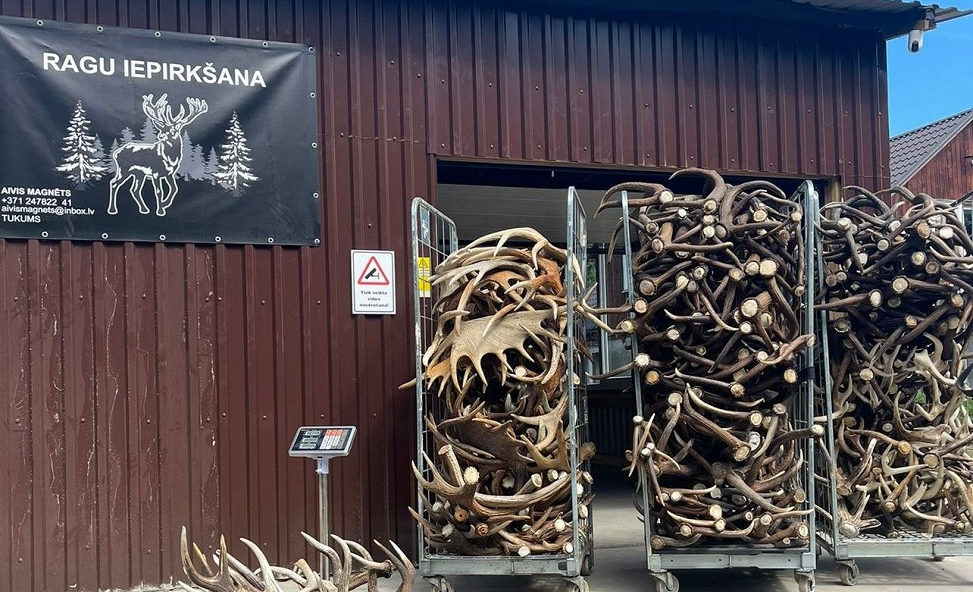
From collectors in Latvia, the antlers are sold all over the world. Buttons, dog toys, furniture, interior items and various other objects are produced from the antlers.
The antlers are also sold further to China, where they are ground in powder for medicine. “It is true that the antlers may be sent to China for this purpose with special permission from the Food and Veterinary Services,” Magnets said. The authorization certifies the origin of the antlers: those found in the forest and for which a precise origin cannot be demonstrated must not be used.
